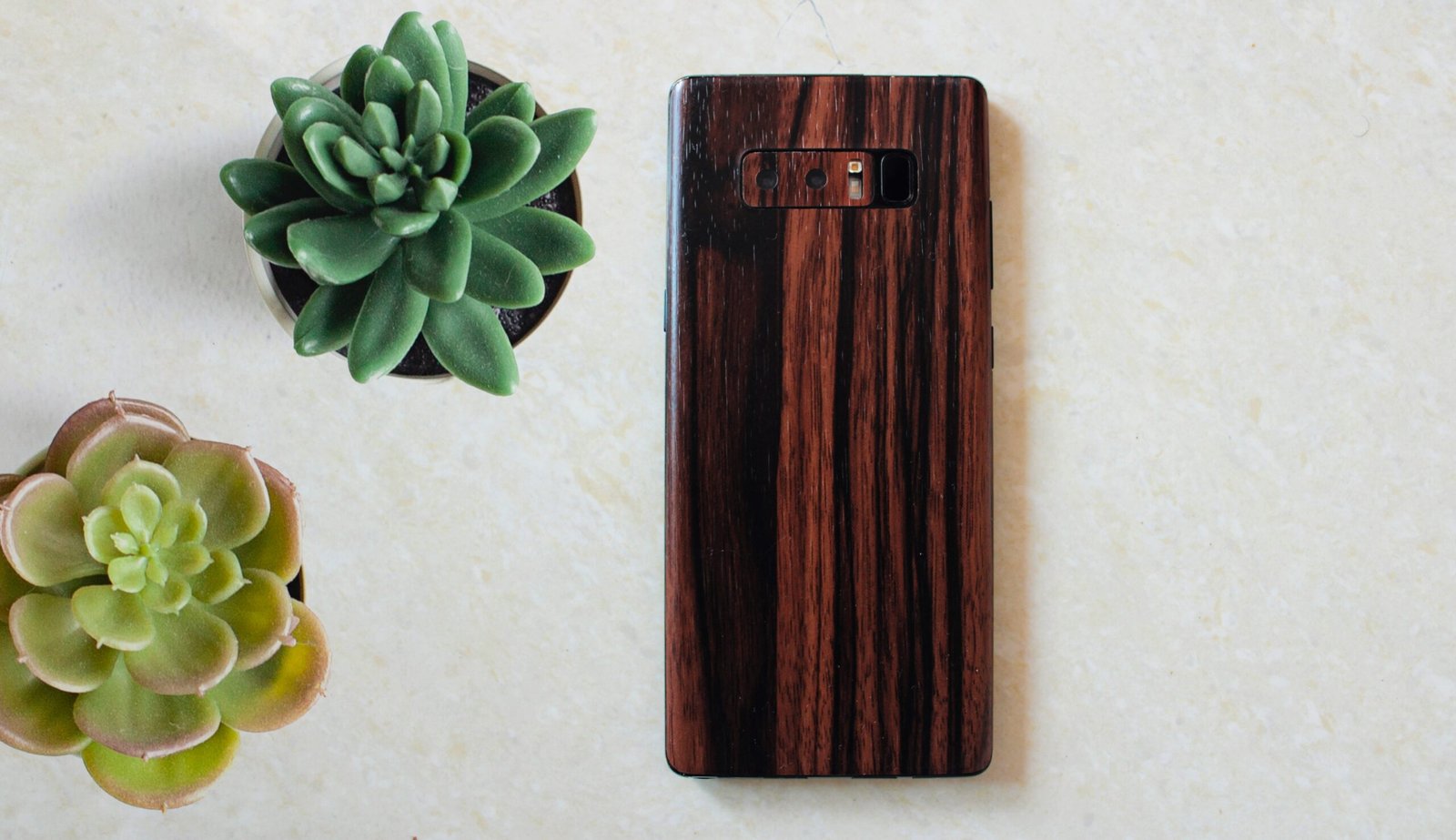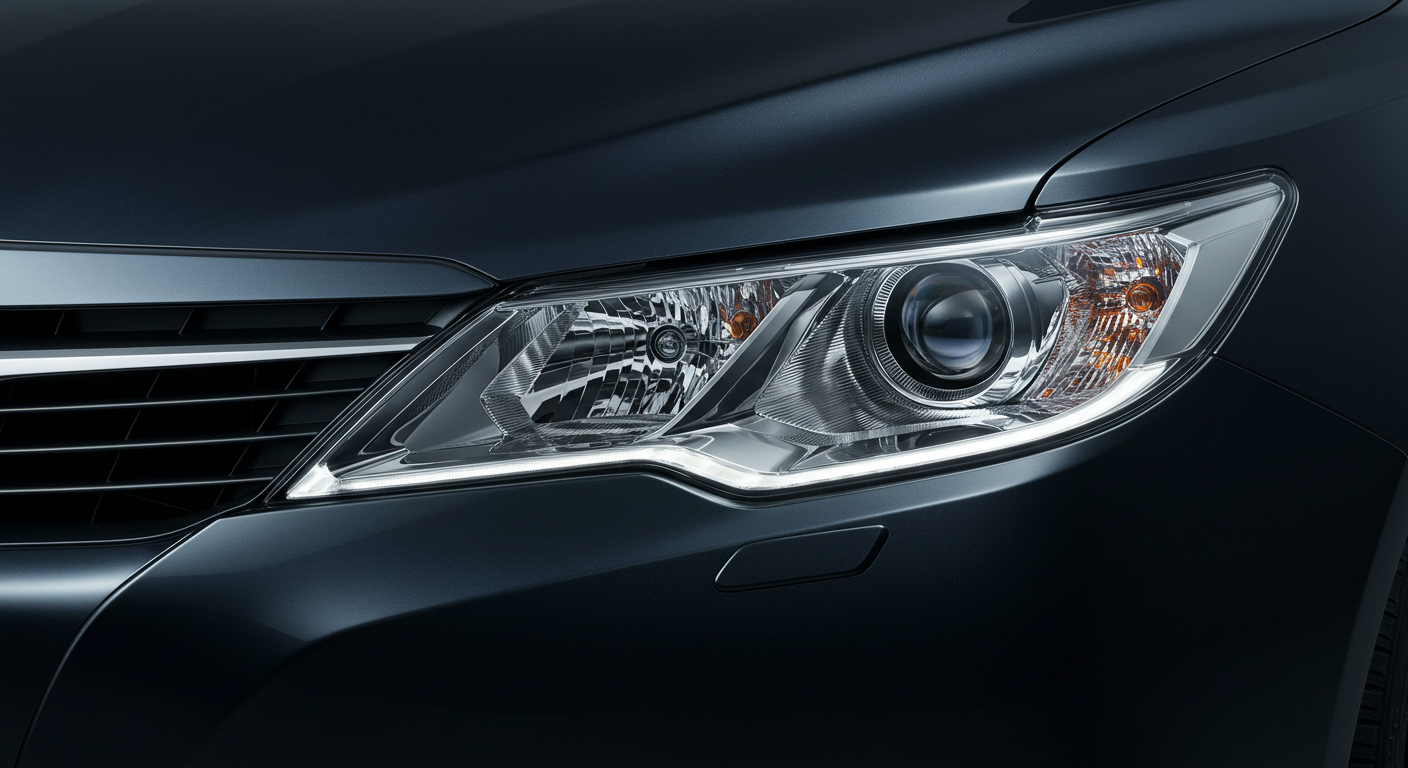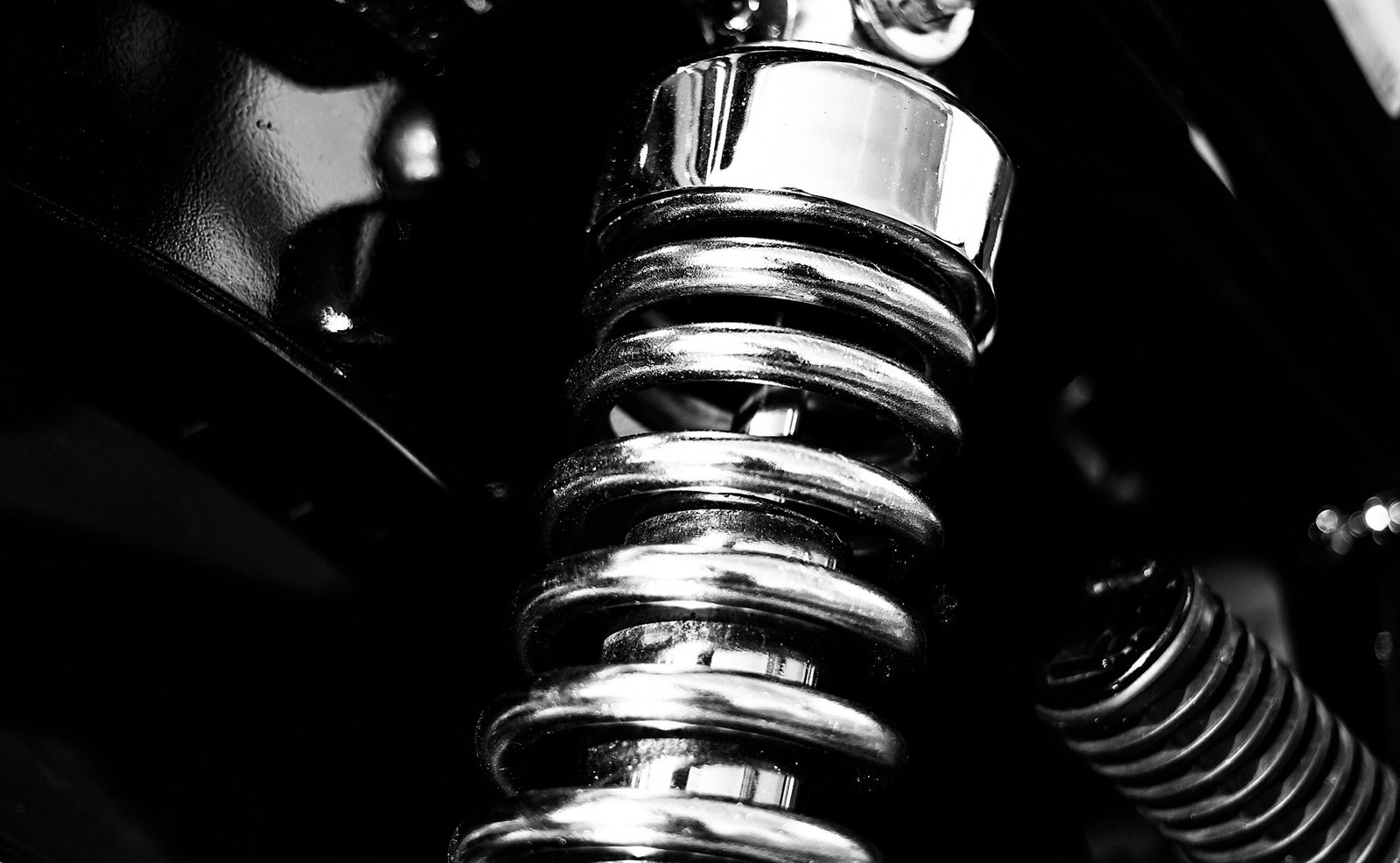Introduction to Vinyl Wrapping
Vinyl wrapping has emerged as a popular technique for car customization, revolutionizing the way vehicle owners can personalize their automobiles. Unlike traditional painting, which involves applying multiple layers of paint directly onto the vehicle’s surface, vinyl wrapping uses large sheets of adhesive vinyl material. These sheets can be carefully applied to cover the original paintwork, offering an entirely new aesthetic without the permanence or extensive labor associated with paint jobs.
One of the primary advantages of vinyl wrapping is its ability to protect the underlying paint of the vehicle. This protective layer acts as a shield against UV rays, dirt, minor scratches, and other environmental factors that can deteriorate a vehicle’s exterior. Furthermore, when it comes time to remove the wrap, car owners can often find that their original paint remains in pristine condition, enhancing the vehicle’s resale value.
In addition to protection, vinyl wrapping provides unparalleled flexibility in terms of color and finish. Car enthusiasts can explore a wide array of options, from matte and gloss finishes to unique textures such as carbon fiber or metallic sheen. This variety enables customizations that would be difficult or impossible to achieve with conventional paint methods. Moreover, the installation process of a vinyl wrap is notably less time-consuming, allowing for a swift transformation of the vehicle’s appearance.
Another significant benefit is the ability to switch up the design whenever desired. As personal tastes evolve or when participating in events or promotions, vehicle owners can easily alter their wrap without the need for a full repaint. This adaptability has solidified vinyl wrapping’s popularity among car owners who want to make a statement or keep their vehicles looking fresh and up-to-date.
Types of Vinyl Wraps
Vinyl wrapping has gained significant popularity in recent years as a method for customizing vehicles, primarily due to its versatility and aesthetic appeal. The various types of vinyl wraps available can be categorized based on their finish and usage, allowing consumers to choose an option that best suits their preferences and requirements.
Among the primary finishes, matte, gloss, and satin wraps are common. Matte vinyl wraps provide a non-reflective surface, offering a subdued and sophisticated look. This type of finish typically works well for those seeking a more understated appearance while still standing out. In contrast, gloss vinyl wraps feature a shiny, reflective surface that not only enhances the vibrancy of colors but also adds a layer of depth to the vehicle’s design. These wraps can create a striking visual effect, making them a popular choice among car enthusiasts wanting to make a bold statement. Satin wraps, on the other hand, strike a balance between matte and gloss, providing a soft sheen that captures attention without being overwhelming. The choice between these finishes ultimately depends on the desired aesthetic and the vehicle’s existing color scheme.
Vinyl wraps can also be categorized based on their coverage; full wraps and partial wraps are the two primary options. A full wrap covers the entire vehicle, transforming its overall appearance while providing superior protection against elements such as UV rays and minor abrasions. Partial wraps, however, allow for more customization flexibility, focusing on specific areas to achieve a unique design without a complete overhaul. Additionally, high-performance vinyl materials are designed for durability and long-lasting results, making them ideal for both professional and personal applications. These materials often feature enhanced adhesion properties and can withstand various environmental conditions, ensuring that the investment in vinyl wrapping remains intact.
Choosing the Right Vinyl Wrap for Your Car
When it comes to customizing your car’s appearance, selecting the appropriate vinyl wrap is crucial. The market offers a myriad of options, and making the right choice can significantly enhance both the aesthetics and longevity of your vehicle’s look. One of the first factors to consider is color selection. With a vast spectrum that includes matte, gloss, metallic, and even textured finishes, identifying a color scheme that complements your vehicle’s design is essential. Darker shades often lend a sleek, sophisticated look, while bright colors can make a bold statement on the road.
In addition to color, design patterns play a vital role in your vinyl wrapping project. You may opt for a solid color, or you might explore more elaborate graphics and patterns that reflect your personality or brand. Stripes, camouflages, and geometric designs are just a few choices available, and these can either be custom-created or selected from existing templates. It is advisable to visualize how these designs will look on your specific car model, as the shape and contours of the vehicle can affect the final appearance of the wrap.
Compatibility is another significant consideration. Some vinyl wraps are specifically engineered for certain car models, ensuring a smoother application and a better overall finish. Therefore, it is advisable to consult product specifications and manufacturer recommendations before making a purchase. Lastly, the quality of the vinyl material cannot be overlooked. Investing in high-quality vinyl ensures durability, ease of application, and resistance to fading or damage from environmental factors. Higher-quality wraps also provide better conformability to curves and surface details, contributing to a more professional look once applied. By carefully considering these aspects, you can make an informed decision that will ultimately enhance your vehicle’s exterior.
Tools and Equipment Needed for Vinyl Wrapping
Vinyl wrapping a vehicle is an intricate process that necessitates a selection of specific tools and equipment to achieve professional results. Understanding these tools is essential for anyone embarking on the journey of customizing their car’s appearance.
First, a high-quality squeegee is indispensable. This tool is primarily used to smooth out the vinyl film as it is applied, helping to eliminate air bubbles and ensuring a tight bond to the surface. A felt-edged squeegee is recommended, as it provides a gentle touch on the vinyl, reducing the risk of scratches.
Next, a heat gun is crucial for softening the vinyl material, which allows for better conformance around curves and contours of the vehicle. When applying vinyl, heat must be carefully controlled to avoid damaging the wrap. A temperature-controlled heat gun can provide precision, enabling the technician to work effectively without overheating the vinyl.
Proper cutting tools are also necessary for trimming excess vinyl. A precision knife, such as an utility knife, offers the sharpness needed to make clean cuts along the edges of the car. Additionally, a cutting mat can help protect surfaces while extending the life of the blades used in the process.
Cleaning supplies should not be overlooked, as they are fundamental in preparing the vehicle’s surface. Using isopropyl alcohol or a specialized car cleaner ensures that any dirt, wax, or grease is removed, enabling the vinyl to adhere properly. A microfiber cloth is ideal for this step, as it minimizes the risk of scratching the paint.
Lastly, setting up a clean and organized workspace is vital for optimal results. A well-lit environment with ample space allows for easier maneuvering during the wrapping process. Consider using tables for laying out tools and supplies, maintaining an efficient workflow throughout the project.
Step-by-Step Guide to Vinyl Wrapping Your Car
Vinyl wrapping your car can transform its appearance while providing protection to the original paint. To achieve optimal results, it is essential to follow a detailed step-by-step guide that ensures precision and accuracy throughout the process.
Before starting, prepare the vehicle by thoroughly washing and drying it. Remove any dirt, grease, or wax to promote better adhesion of the vinyl wrap. Carefully inspect the surface for imperfections such as scratches or dents, which should be rectified prior to wrapping. Next, take accurate measurements of the sections you plan to wrap, ensuring that you allow for excess vinyl that can be trimmed later. This step is crucial because improper measuring can lead to wasted material and inadequate coverage.
Once measurements are secured, it is time to cut the vinyl. Use a sharp utility knife and a cutting mat to ensure clean edges. Always cut slightly larger than the actual dimensions for adjustments during application. When preparing to apply the wrap, start at a corner and peel back a small section of the backing paper, applying the vinyl to the surface gradually. A squeegee can be utilized to smooth out any air bubbles, ensuring a smooth finish is achieved. It is important to work slowly to avoid wrinkles and misalignment.
Utilizing heat during the installation process enhances adhesion. A heat gun should be used carefully—warming the vinyl will make it more pliable, allowing it to conform to the car’s curves and contours effectively. After applying the vinyl, pay attention to the edges and seams, using a knife to trim any excess material. Finally, inspect the wrap for bubbles or imperfections, which can be corrected by lifting the vinyl gently and reapplying it.
By following this precise step-by-step guide and avoiding common pitfalls, achieving a high-quality vinyl wrap on your car can be a rewarding endeavor that stands out on the road.
Maintaining Your Vinyl Wrap
Proper maintenance of your vinyl wrap is crucial in prolonging its lifespan and preserving the aesthetic appeal of your vehicle. Understanding the right cleaning methods and products will help you maintain the integrity of the wrap while avoiding potential damage.
When it comes to cleaning your vinyl wrap, it is recommended to use a gentle, pH-balanced car wash soap, as harsher chemicals can break down the vinyl material. Always use a soft microfiber cloth or sponge to apply the soap, ensuring that you do not scrub too hard, which can lead to scratches or discoloration. Rinse thoroughly with water to remove any soap residue, as leftover contaminants can compromise the appearance of your wrap.
Avoid automatic car washes that utilize abrasive brushes or harmful chemicals, as these can cause peeling or bubbling in the vinyl. It is also advisable to refrain from using high-pressure washers that could blast water underneath the edges of the wrap, leading to further damage. For routine maintenance, washing your wrapped vehicle at least once every two weeks is recommended to prevent dirt and grime accumulation.
In addition to regular cleaning, waxing your vinyl wrap can enhance its shine and provide an extra layer of protection. However, ensure that the wax is compatible with vinyl materials, as some products designed for traditional paint finishes may not be suitable. Look for products specifically labeled for use on vinyl wraps to avoid any adverse effects.
If you notice any peeling or bubbling in your vinyl wrap, it is essential to address these issues promptly to prevent further deterioration. For minor peeling, you can use a heat gun to gently warm the area and reposition the vinyl, applying heat gradually to avoid damage. In cases of extensive bubbling, it may be best to consult a professional for repair or replacement to maintain the overall look of your vehicle.
By following these care tips, you can significantly extend the lifespan of your vinyl wrap, ensuring that it continues to enhance your car’s appearance for years to come.
Professional vs. DIY Vinyl Wrapping
When considering vinyl wrapping for car customization, individuals often face a pivotal decision: to opt for professional services or to embark on a do-it-yourself (DIY) project. Both choices have their advantages and disadvantages, which can significantly impact the overall outcome of the vinyl wrapping process.
Employing professional vinyl wrapping services typically ensures a higher quality application. Trained experts possess the skills and experience required to meticulously apply vinyl, ensuring a smooth and flawless finish. Professionals are also equipped with superior tools and access to top-quality materials that may not be readily available to the average consumer. However, this level of expertise comes at a cost, with expenses that can range significantly based on the vehicle size and the complexity of the design. For a complete vehicle wrap, users might find themselves spending anywhere from $2,000 to upwards of $5,000.
On the other hand, opting for a DIY approach can be financially attractive, with material costs being significantly lower, generally ranging between $200 to $700 for the vinyl alone. Many car enthusiasts are drawn to the satisfaction and personal touch of completing the project themselves. However, attempting a DIY vinyl wrap requires a considerable amount of time and effort, as the process can be intricate. Without prior experience, individuals may find the results subpar, potentially resulting in peeling or uneven application.
Moreover, the investment of time cannot be discounted. While a professional can typically wrap a vehicle in a matter of hours, a DIY project may stretch over several days or weeks, depending on the complexity of the task and the individual’s skill level. Thus, while the allure of customizing one’s car is appealing, it is crucial for potential wrappers to weigh the pros and cons of professional versus DIY vinyl wrapping options before making a decision.
Common Myths About Vinyl Wrapping
Vinyl wrapping has gained immense popularity in recent years as a cost-effective method for customizing the look of vehicles. However, with its rise in popularity, a number of myths and misconceptions have surfaced that could deter potential users. One prevalent myth is that vinyl wraps are not durable and wear out quickly. In reality, high-quality vinyl wraps, when properly applied and maintained, can last anywhere from five to seven years, depending on environmental conditions and care. This longevity makes vinyl wrapping a viable alternative to traditional paint jobs.
Another misconception is the belief that vinyl wraps will damage the original vehicle paint. This fear often discourages car owners from exploring customization options. However, when professionally applied, vinyl wraps can be safely removed without causing harm to the underlying paint. In fact, if the original paint is in good condition, the removal process can leave the surface untouched, allowing owners the flexibility to return to the original look without any lasting effects on the paintwork.
Additionally, many potential users are concerned about the ability of the vinyl wrap to withstand various weather conditions. Some believe that wraps will peel or fade when exposed to sun, rain, or snow. In truth, high-quality vinyl wraps are designed to be weather-resistant and can endure significant exposure to the elements without suffering damage. The technology behind vinyl materials has evolved, and modern options include UV protective layers that help maintain color integrity and resilience.
Finally, the idea that vinyl wrapping is only suitable for branding purposes is misleading. While commercials and businesses leverage this technique for advertising, personal car customization through vinyl wraps has proven to be an effective means to express individual style. Thus, dispelling these myths allows potential users to make more informed decisions about improving their vehicles’ aesthetics through vinyl wrapping.
Conclusion and Final Thoughts
In recent years, vinyl wrapping has emerged as a leading method for customizing the aesthetic appeal of vehicles. This innovative technique allows car enthusiasts to express their unique personalities and preferences through a wide range of colors, patterns, and finishes. The process of vinyl wrapping involves applying a high-quality vinyl film onto the car’s surface, which not only transforms its appearance but also serves to protect the original paintwork underneath. This dual benefit ensures that vehicle owners enjoy a striking look while preserving their investment.
Furthermore, the versatility of vinyl wraps is noteworthy. With options ranging from matte to glossy finishes, and even textured surfaces such as carbon fiber or metallic, car owners can achieve whatever look they desire. The ability to easily remove or change the wrap without damaging the underlying paint adds to its appeal, making vinyl wrapping an ideal choice for those who like to frequently update their vehicle’s style. Additionally, professional installation can significantly enhance the quality and durability of the wrap, ensuring that it withstands the elements and maintains its visual appeal over time.
Ultimately, vinyl wrapping stands as a viable choice for anyone looking to enhance their vehicle’s appearance. It opens up a world of creative possibilities, allowing for personalization that extends beyond traditional paint jobs. Whether seeking a bold new look or a subtle change, vinyl wraps offer flexibility and innovation in car customization. For those considering customizing their cars, exploring the realm of vinyl wrapping could lead to significant inspiration and satisfaction in achieving an aesthetic that truly reflects their individuality.



